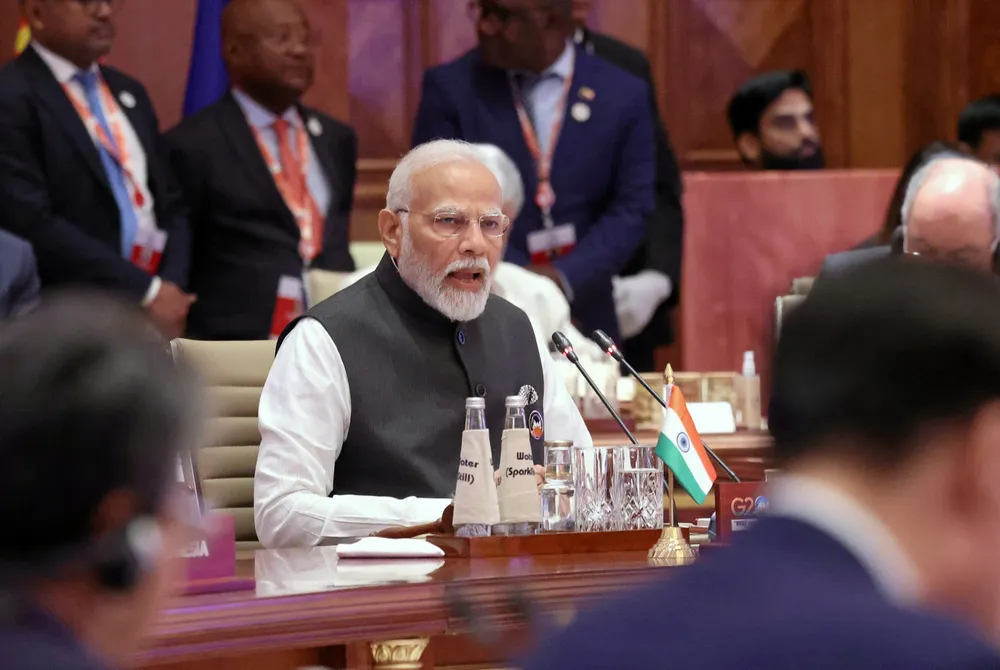India approves $822m subsidy for ‘landmark’ first offshore wind farms
After several false dawns, India has taken most definitive step yet in kick-starting its offshore wind sector

India has approved a subsidy to support its first two offshore wind farms that will together have 1GW of capacity in a milestone moment for its ambitions in the sector.
India’s information and broadcasting minister Ashwini Vaishnaw is quoted in local media as saying the government had “taken a landmark decision” by approving India’s first offshore wind energy projects.
The two 500MW wind projects off the states of Gujarat and Tamil Nadu will he said be a “big opportunity for India.”
Crucially, the government has approved 68.53bn rupees ($822m) in what is known as viability gap funding to support the two projects.
This has long been seen as crucial to kick-starting offshore wind in India, where analysts have struggled to square the circle of the high costs facing early offshore wind projects and the availability of ultra-cheap onshore wind and solar.
As well as providing financial support for the two offshore wind projects, the government will provide a 6bn rupees ($72m) grant to upgrade two ports to meet logistical needs.
The Indian ministry for New and Renewable Energy said in a press release that the "power excavation infrastructure" for the projects, including the offshore substations, will be built by the Power Grid Corporation of India.
This is important as it will make a big difference to developers whether it is paid to them directly after reaching certain project milestones, or used to “fill any gaps” at the offtake stage, by which time many years will have passed and the sum announce will have devalued due to inflation.
Shardul said he is also “extremely glad” that the government will invest in ports, power evacuation and transmission infrastructure for the projects – the latter two of which he added can represent up to 15% of the cost of offshore wind farms.
GWEC chief strategy officer for offshore wind, Rebecca Williams, adds that the Indian funding could prove a "pivotal moment" in India's clean energy transition.
"The announcement is a vote of confidence in a future powered by offshore wind."
Alp Gunsever, head of the secretariat at the Center of Excellence for Offshore Wind and Renewable Energy, which was established by India and Denmark, said the funding is "one of the biggest steps towards the realisation of the offshore wind potential in India."
India aims to meet half of its electricity requirements through over 500GW of renewable energy sources by 2030. It is targeting net zero emissions by 2070.
(Copyright)